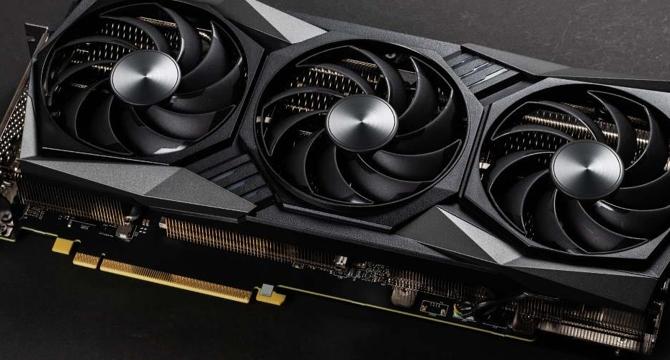Medium
2w
381

Image Credit: Medium
Inside the GPU: Architecture That Powers Modern AI
- GPUs, initially designed for speeding up visual applications, excel in data-heavy tasks like matrix multiplication for neural network computations.
- GPUs use parallel processing with thousands of cores, contrasting CPUs optimized for sequential tasks.
- Structurally, GPUs resemble a tree with Graphics Processing Clusters (GPCs) housing multiple Streaming Multiprocessors (SMs) that execute tasks.
- Work in SMs is organized into warps, groups of 32 threads that execute instructions together with support from CUDA cores, Tensor cores, and Ray Tracing cores.
- Efficient GPU programming involves minimizing global memory access and optimizing shared memory and registers.
- GPU memory system includes registers, shared memory at SM level, global memory, constant memory, L1, and L2 caches.
- Essential in multi-GPU setups is efficient communication between devices facilitated by technologies like PCIe and NVLink.
- GPUs suit machine learning well due to their ability to handle parallel neural network workloads efficiently.
- Not all algorithms can be easily parallelized on GPUs, and power consumption along with cost, especially for high-end models, are concerns.
- The GPU has progressed to become the cornerstone of AI development with tailored design for modern machine learning demands.
Read Full Article
22 Likes
For uninterrupted reading, download the app